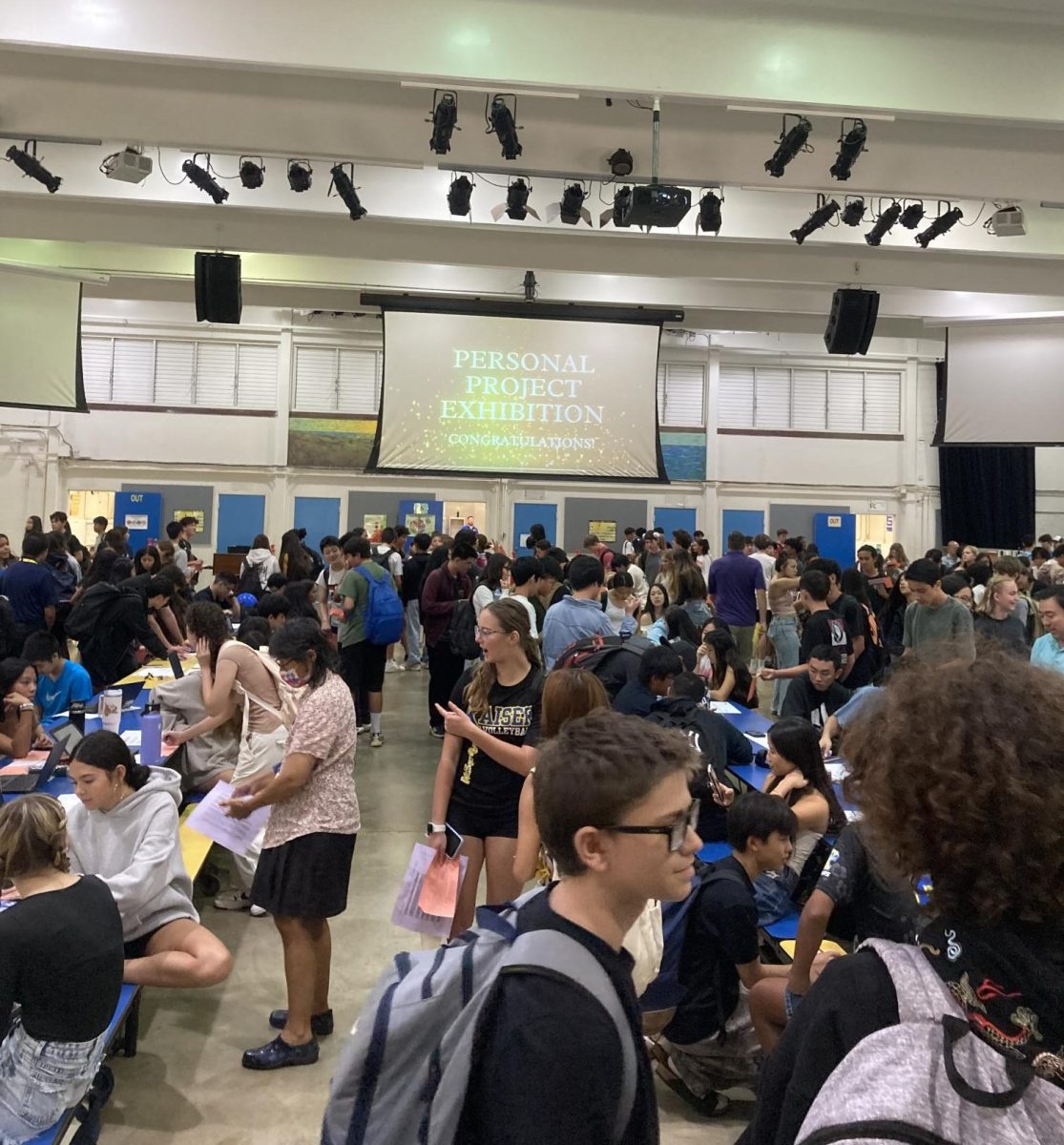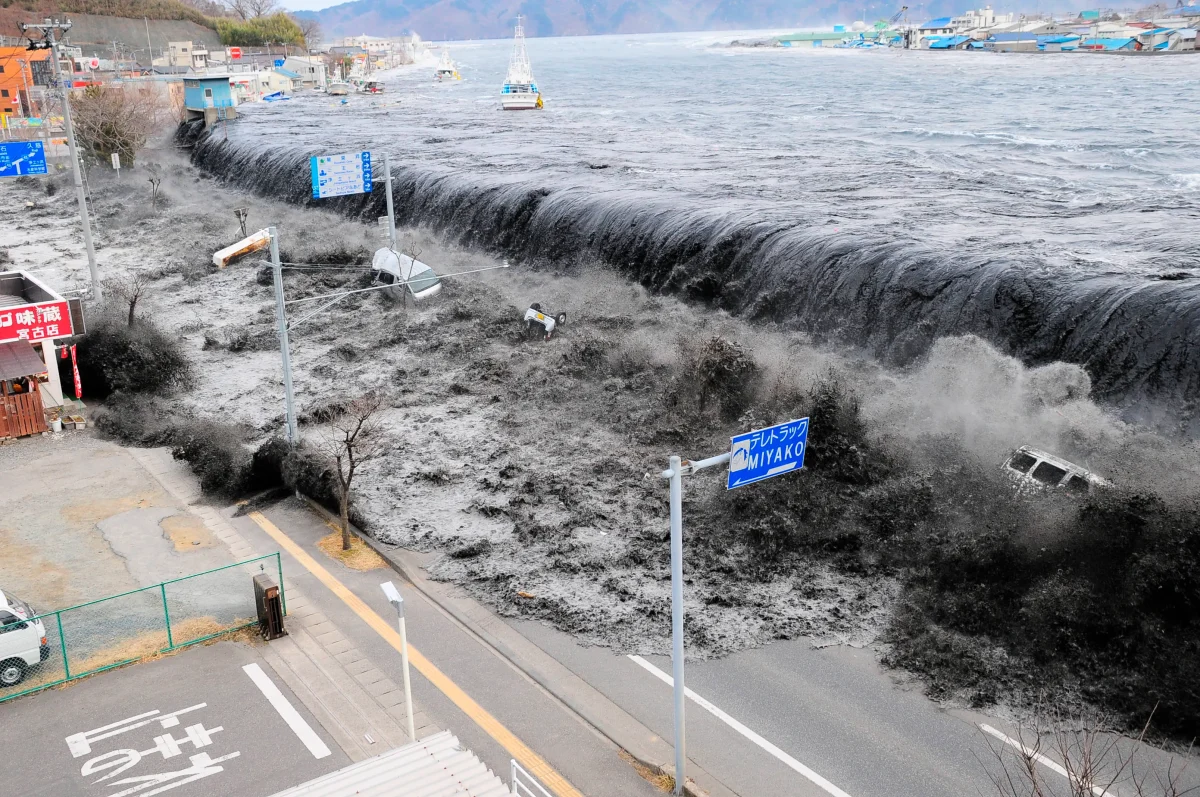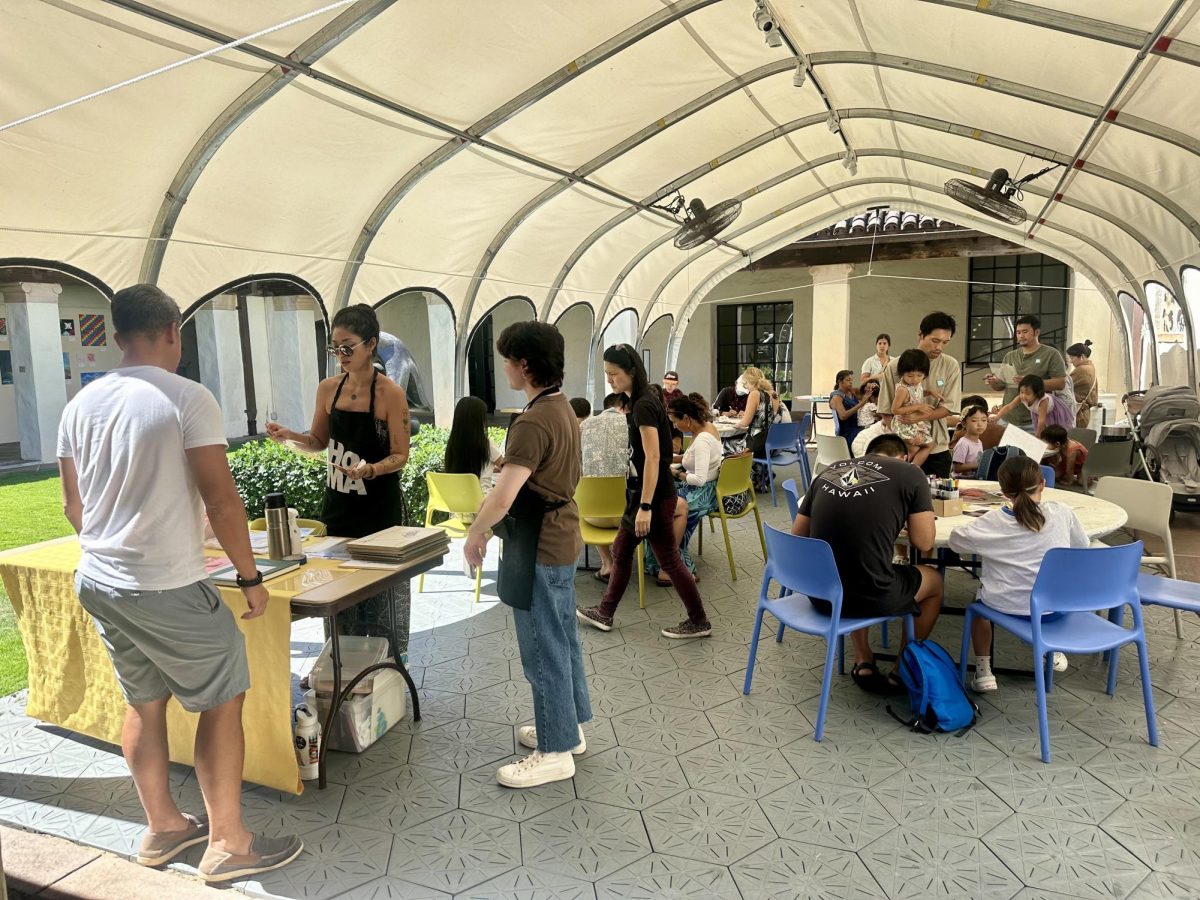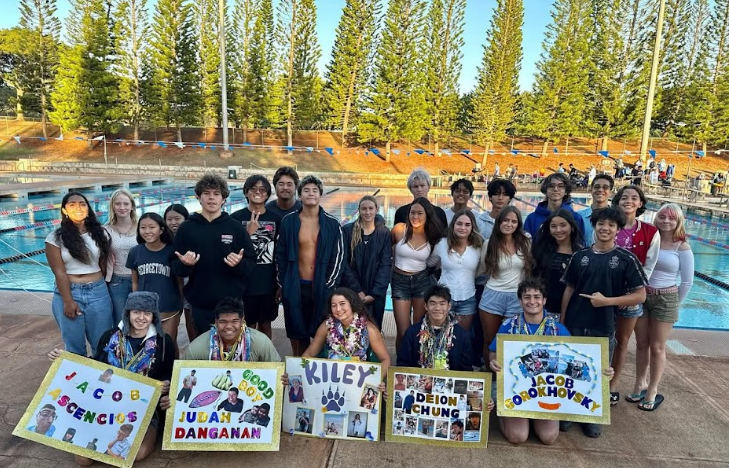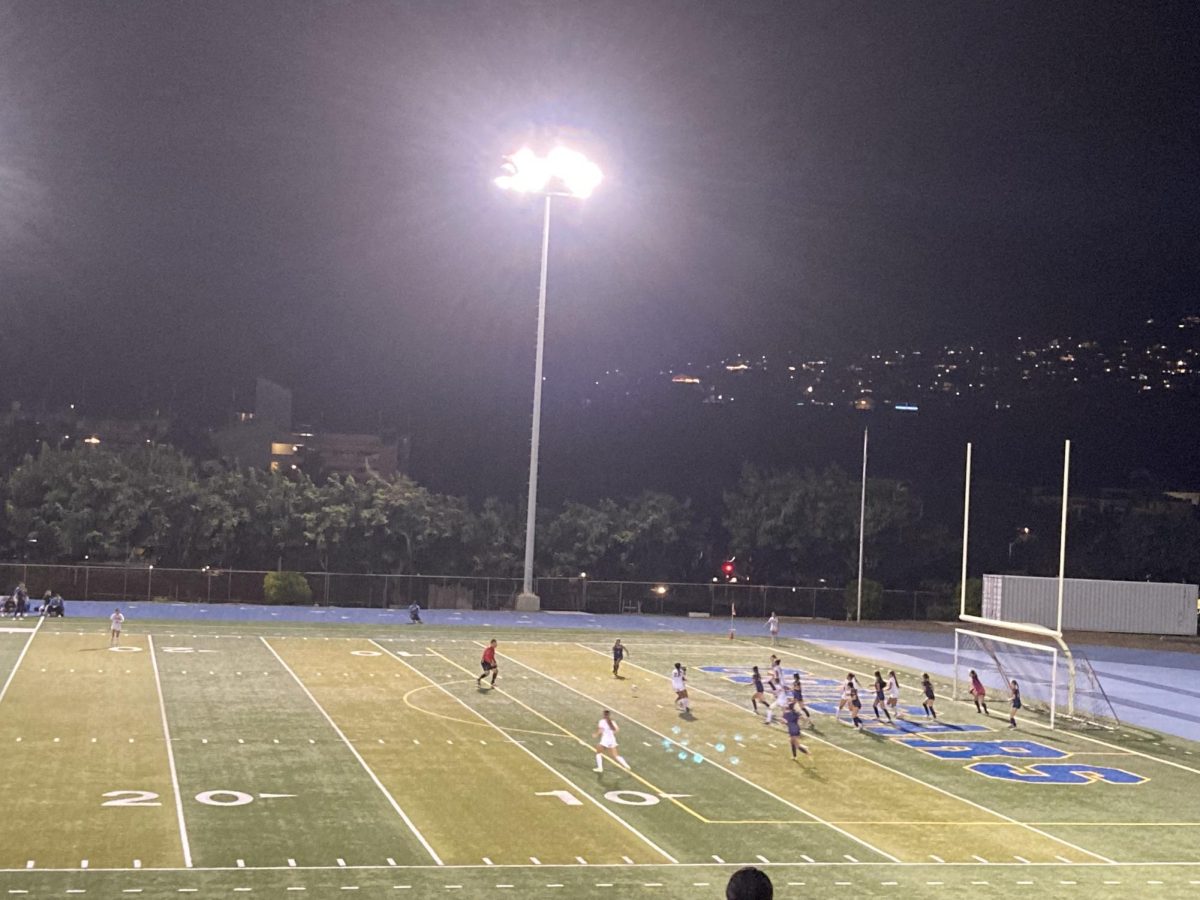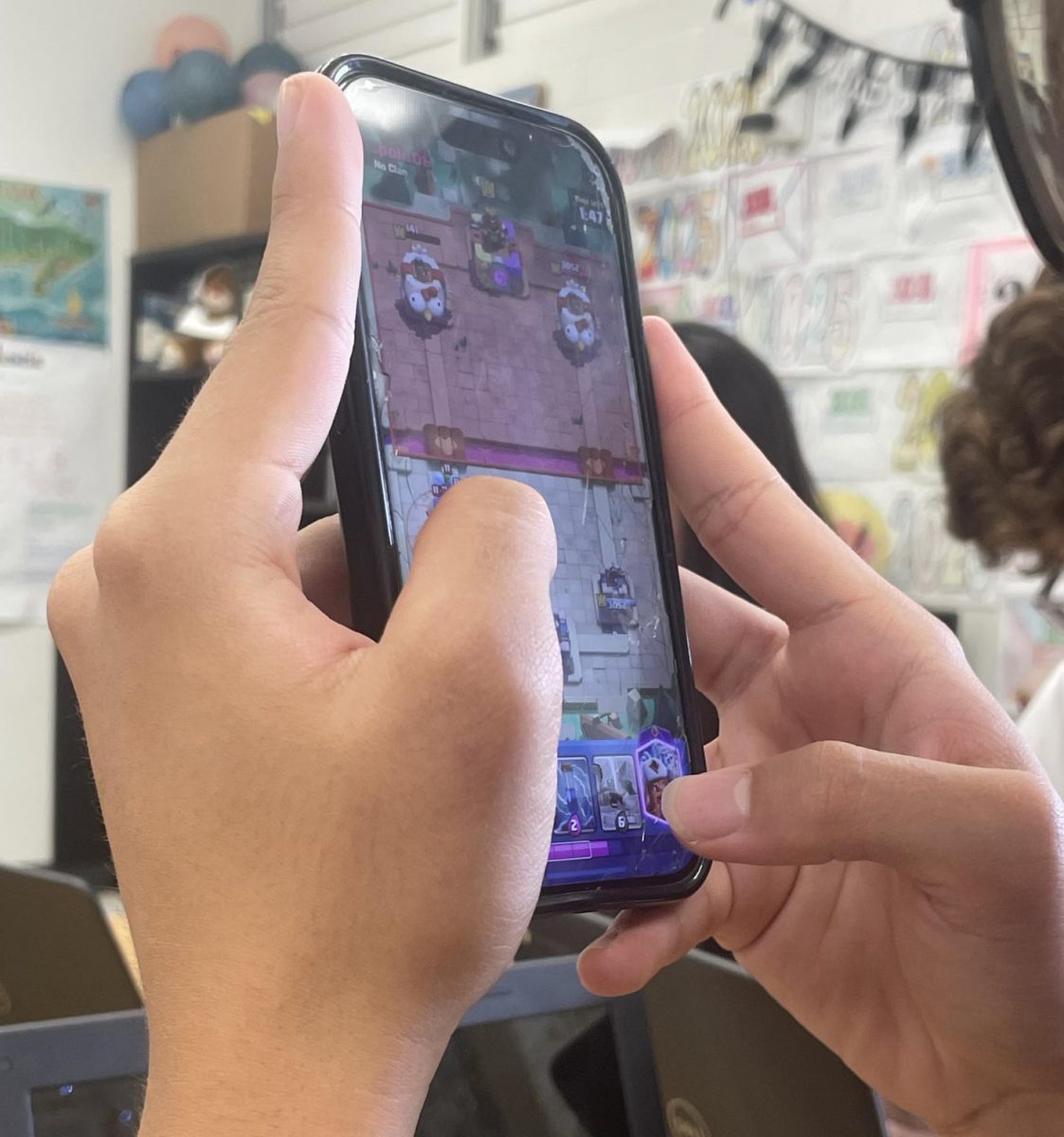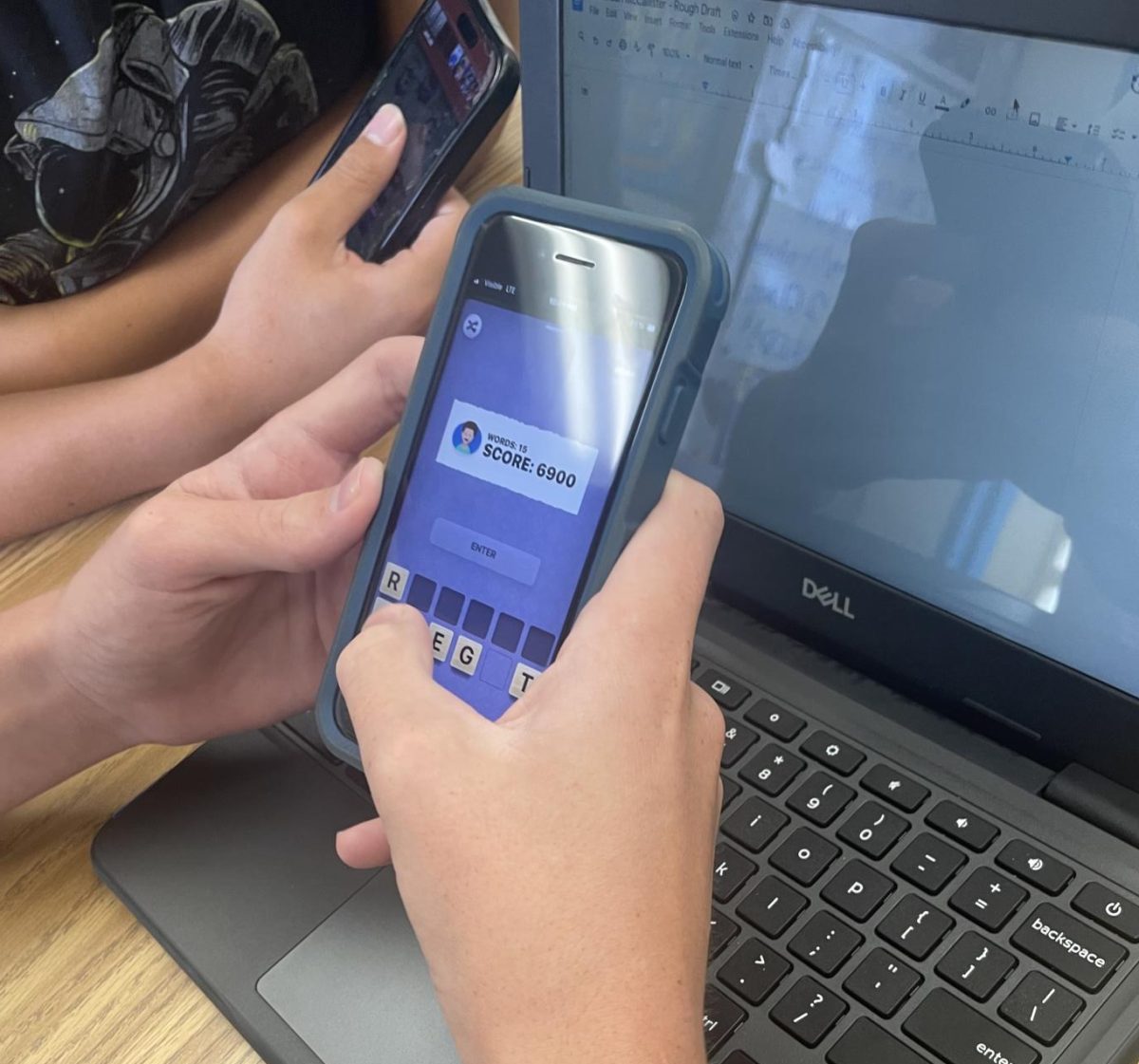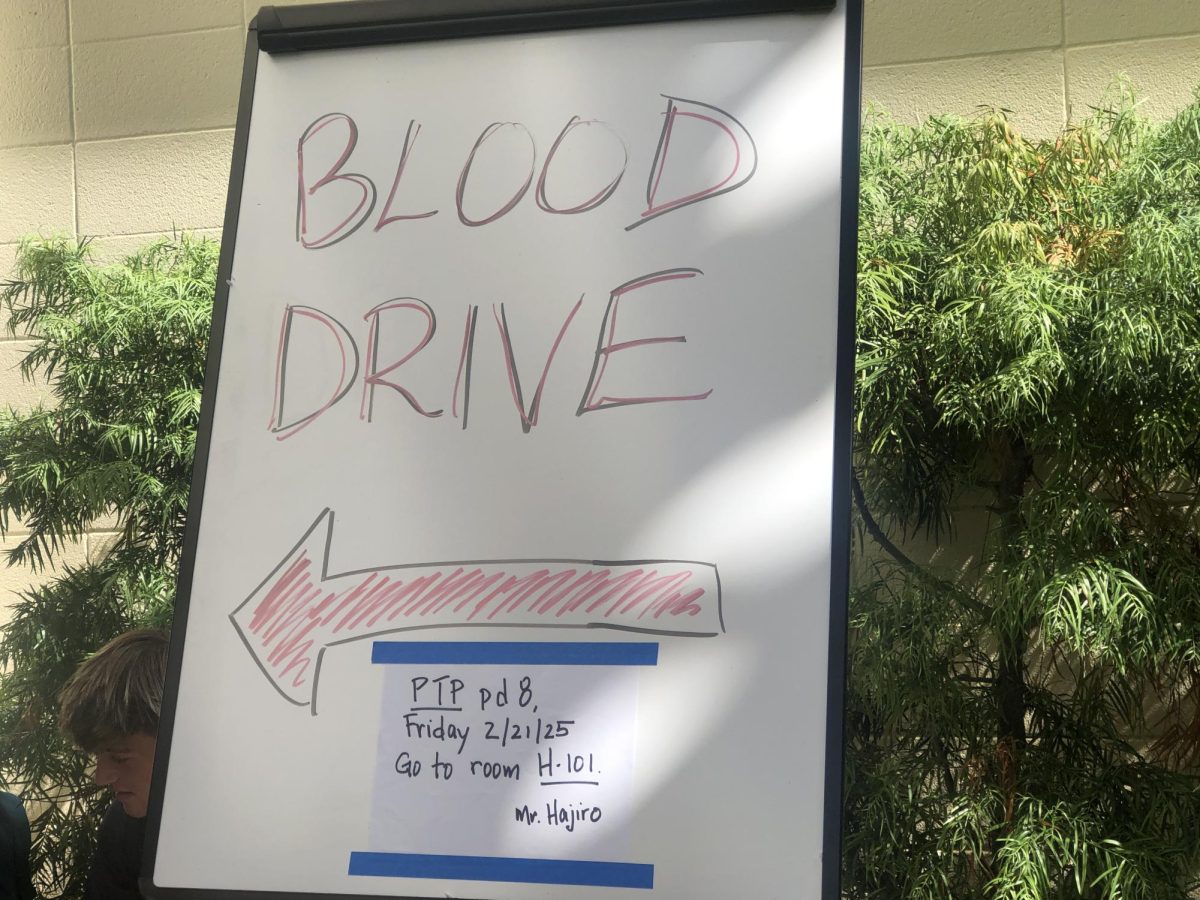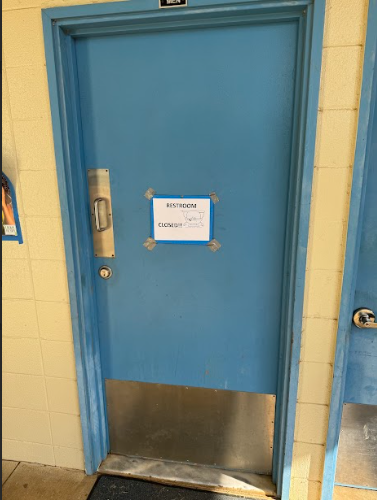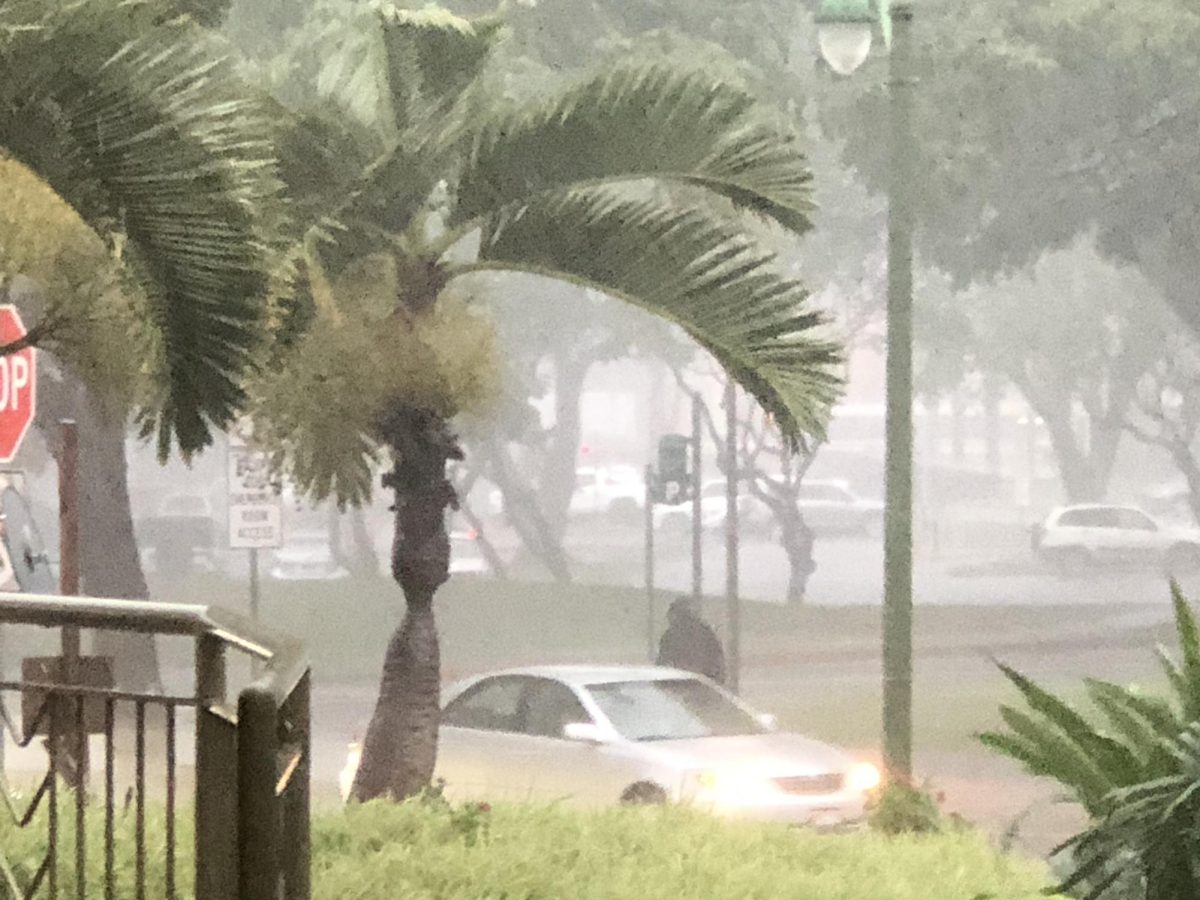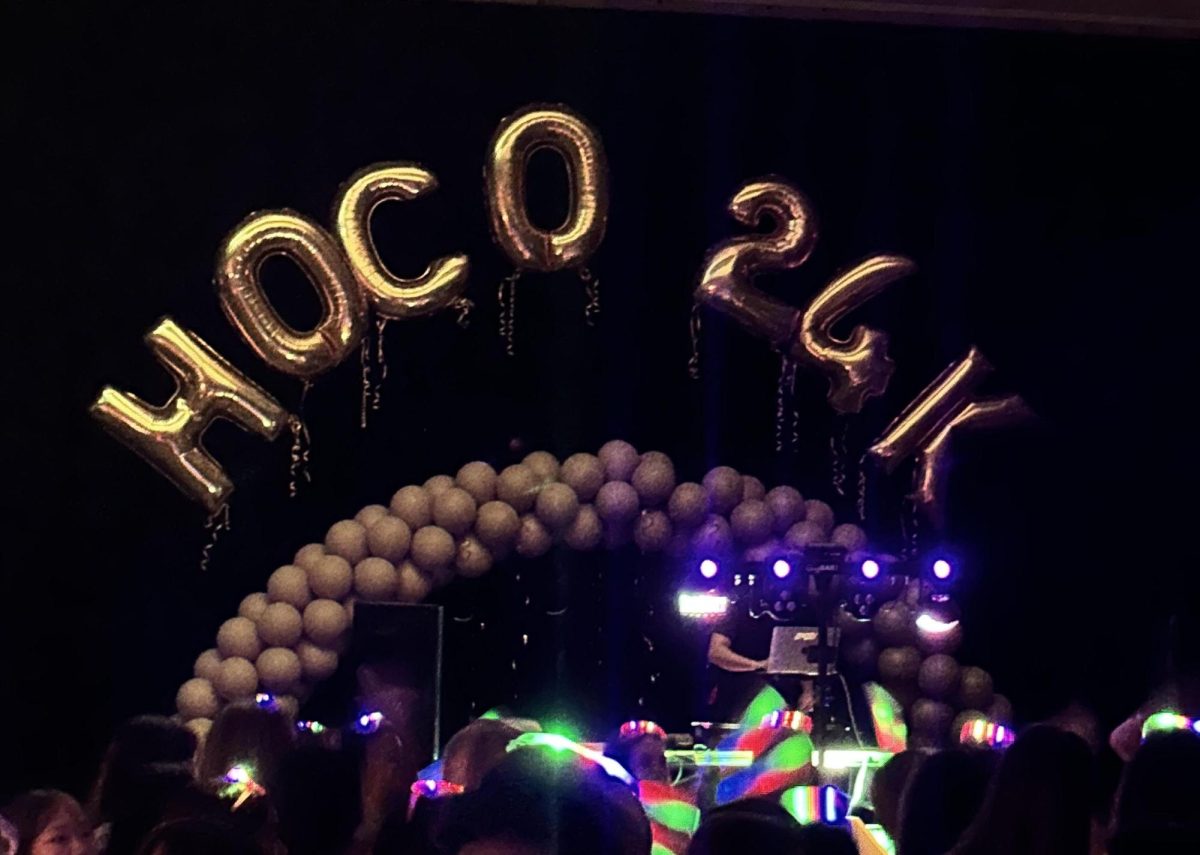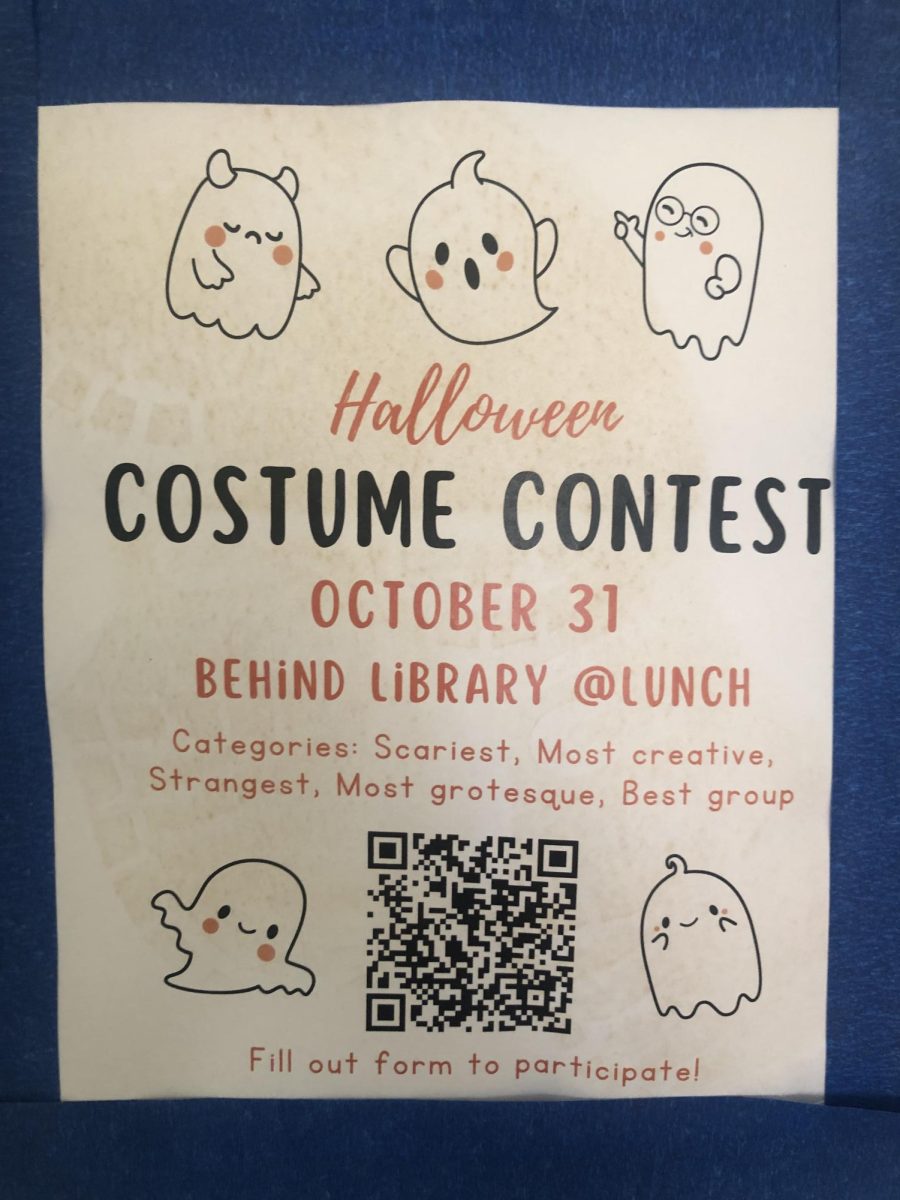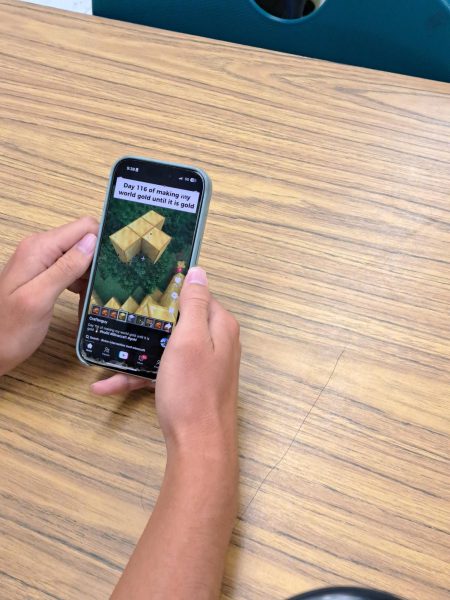
The impact of social media use by students is a highly debated topic that is becoming more and more pressing by the day. However, as we have seen over the past decade since social media was popularized, these various platforms have endless possibilities and innumerable uses, for good and for evil, that make it hard to come to an agreement on the merits of their use. Several countries have already decided to ban the use of social media for children; this list includes many countries in the EU as well as Australia, whose government recently placed a blanket ban on social media for under-16s, one of the strictest existing laws governing social media use for minors. As of yet, restrictions around social media use for children and teens in the US remain up to the decision of the states, 10 of which have already passed laws restricting access for children. As the demands for increased safety online grow, the questions remain: do the harmful impacts of social media outweigh its benefits? How can we come to a consensus on this issue?
The impact of social media covers many domains, a reason that its benefits and drawbacks refuse to be accurately quantified. For many students, the most apparent issue with social media use is the shift in methods of communication. While technology allows for easy and accessible communication, effectiveness, and clarity, it can also lead to miscommunications and alienation of students who don’t have access. Multiple students I talked to mentioned that they had been left out of an online group at some point. A student who chose to remain anonymous stated, “I think social media is mostly good because I can talk to my friends whenever I want to, and it’s fun messaging people when I’m bored.” However, when asked if using online platforms such as social media had ever caused a harmful miscommunication, they also answered yes. Whether it is a small miscommunication involving poor choice of emojis or overuse of all caps, to misjudging the tone of a message or post, social media’s time efficiency and practicality does come with the drawbacks of misunderstandings that can harm one’s relationship with a friend or acquaintance.

Secondly, the overuse of screens and social media platforms can harm mental well-being by creating addiction, projecting idealized images as the norm, and providing the safeguard of anonymity that protects cyberbullies and internet trolls from facing consequences.
Jane McCallister, a teacher at Kaiser High School, told me in an interview when asked if cell phones were becoming too much of a distraction in class, “Yes. Unequivocally, I think. Because, and I think it’s backed up by some science, the people who designed the phones made them extremely addictive. They’re designed to give you a dopamine hit.” This is true. According to multiple studies, screen addiction is an unfortunate reality, and the consequences can affect your mental and physical health. Overuse of screens has been linked to obesity, irregular sleep, behavioral problems, and reduced academic performance. Worryingly, too much screen time is also linked to depression, possibly due to negative influences online. According to Pew Research Center, 46% of teens say that they have experienced some form of cyberbullying or harassment on social media. These facts certainly seem daunting; however, some would argue that as many platforms allow blocking and reporting others’ accounts, it is easier to protect oneself from bullies online than in in-person interactions. Also, while too much screen time is linked to poor mental health, the internet can also offer resources to reach out for help if needed. In the opinion of many, these benefits do not outweigh the drawbacks, however, some would say that it is the responsibility of adults, rather than the platforms, to prevent the issues associated with social media from getting out of hand.

Another issue facing students using social media frequently is the fact that social media platforms have become grounds for sparking controversy, as some groups take advantage of algorithms to spread misinformation and disinformation online. According to Security.org, “As the popularity of social media surpasses traditional news sources, information has grown more unreliable, and “fake news” becomes harder to detect. The same digital platforms that empower global communication seed doubt and spread misinformation.” Ninety Percent of Americans regularly fact-check information found online, and with good cause; 42% of Facebook users, 35% of Tik Tok users, 27% of Snapchat users, and 22% of Instagram users see untrue content every time or almost every time they open the platform. Social media can act as a breeding ground for conspiracy theories, hate speech and propaganda, which leads to confusion and political polarization. As a result, teens might feel confused or overwhelmed by conflicting stories online, or may be misled by false information.
In conclusion, while the use of social media provides many benefits to teens, it also presents many drawbacks which must be taken into consideration. Because the effects of social media use are dependent on the person, making it hard to objectively state whether or not it has a positive or negative impact, it is hard to come to a worldwide consensus on the issue. However public opinion right now seems to largely be that screens and social media are a danger for children and teens, as suggested by the actions being taken to restrict use in multiple countries and states. Hopefully, social media companies will take this view as an opportunity to improve the safety and reliability of their platforms for children and teens, so that everyone can feel safe online.
